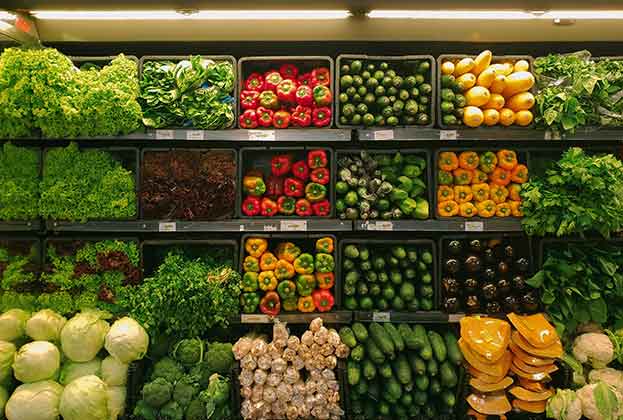The role of small-format convenience chains and independents retailers
The role of small suburban convenience stores and independent shops, whether standalone or on small shopping parades, has become increasingly prominent since the government measures were introduced. My personal spend in my neighbourhood ‘Nisa Local’ convenience store has increased dramatically in the last month, from the odd pint of milk approximately once a fortnight to a far more substantial weekly spend on several bottles of wine to get me through the weekend's online quiz activities.
This shift in personal behaviour begins to make sense when it becomes clear that more than half (59%) of all retail units that were classed as essential following lockdown were small individual convenience based shops, including convenience stores and corner shops, newsagents, takeaways, pharmacies, off-licences, butchers, bakers and greengrocers. This equates to 16% of the UK retail and leisure market as a whole, the best-represented asset class following the government impositions on the basis of the number of units open and trading.
Where for out-of-town essential retailers, particularly supermarkets, the proportion of floorspace is much more significant, it is the opposite for small local convenience-based retail operators. For supermarket operators, the amount of space they occupy is much more important as it allows a large number of consumers access to a wide variety of groceries all at once.
Convenience retailers, however, accounted for less than 3% of retail floorspace considered essential at the end of March. Convenience based operators are by their very nature about just that, convenience. They allow consumers to make smaller and more frequent, essential, ‘top-up’ purchases in smaller units close to their homes.
In an attempt, therefore, to reduce the risk of social contact, potentially long queues and making any unnecessary journeys, it seems we have become much more reliant on what is local to us in addition to our larger, less frequent supermarket shop. Looking solely at independent retail operators across the UK it is again the convenience sector, small individual suburban shops and parades, where proportionally essential retailers became the most prominent accounting for 56% of units that were allowed to remain open.
In fact spending in this asset class, that includes local independent bakeries, butchers, grocers and takeaway outlets, has increased by a third compared to this time last year. Data from Barclaycard, which tracks almost half of all card transactions, shows that spending in local independent retailers rose by 30.5% in between the last week pre-lockdown and the first week after the measures were announced, compared to the same period in 2019.
Read the articles within Spotlight: The initial impact of Covid-19 on the retail and leisure market below.
.jpg)

.jpg)
.jpg)

.jpg)
.jpg)